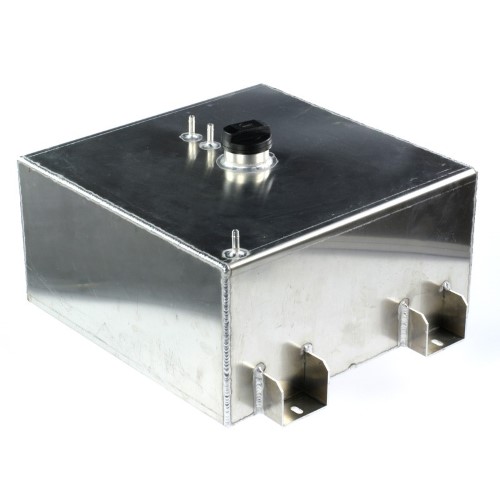
Log9 Materials bets on aluminium fuel cells, 1000 km range electric car battery

The contest is always about top speed or luxury when it came to premium cars with big price tags and it was about better mileage when it came to mass-market cars and there is still abundant focus on these subject matters, but clean mobility employs the centre stage of every car manufacturer's agenda today. Being from Hyundai to Porsche, they all have plug-in electric car models in their launch line up - even Ferrari developed hybrid cars of which the SF90 Stradale is a PHEV that can run on battery only as well.
Akshay Singhal, Founder, Log 9 Materials says “The path to 100% clean energy mobility can be much simpler and more economical with aluminium fuel cells than it is with any other technology like lithium-ion,”
The Mahindra e2o Plus seen dashing along the streets of Bengaluru and it runs on aluminium and water. This is the technology in question that challenges the EV industry to snap out of energy storage.
Aluminium fuel cells majorly use three components – aluminium, water, and carbon in the form of graphene. In layman’s word, there's water between layers of graphene, and when aluminium comes in contact with water, it corrodes - releasing energy. Singhal explains that procuring raw materials for aluminium fuel cells is much simpler than those for lithium-ion batteries which use lithium and cobalt. And hence, manufacturing cost can be considerably lower for aluminium fuel cells than lithium-ion battery packs.
The other major benefit of this technology is that the aluminium plates are exhaustive and at the end of their useful life; they turn into an oxidised powder than can be sweltered into aluminium plates again. Hence, that makes the spent fuel recyclable.



Trump weighs using $2 billion in CHIPS Act funding for critical minerals

Codelco cuts 2025 copper forecast after El Teniente mine collapse

Electra converts debt, launches $30M raise to jumpstart stalled cobalt refinery

Barrick’s Reko Diq in line for $410M ADB backing

Abcourt readies Sleeping Giant mill to pour first gold since 2014

Nevada army depot to serve as base for first US strategic minerals stockpile

SQM boosts lithium supply plans as prices flick higher

Viridis unveils 200Mt initial reserve for Brazil rare earth project

Tailings could meet much of US critical mineral demand – study

Kyrgyzstan kicks off underground gold mining at Kumtor

Kyrgyzstan kicks off underground gold mining at Kumtor

KoBold Metals granted lithium exploration rights in Congo

Freeport Indonesia to wrap up Gresik plant repairs by early September

Energy Fuels soars on Vulcan Elements partnership

Northern Dynasty sticks to proposal in battle to lift Pebble mine veto

Giustra-backed mining firm teams up with informal miners in Colombia

Critical Metals signs agreement to supply rare earth to US government-funded facility

China extends rare earth controls to imported material

Galan Lithium proceeds with $13M financing for Argentina project

Kyrgyzstan kicks off underground gold mining at Kumtor

Freeport Indonesia to wrap up Gresik plant repairs by early September

Energy Fuels soars on Vulcan Elements partnership

Northern Dynasty sticks to proposal in battle to lift Pebble mine veto

Giustra-backed mining firm teams up with informal miners in Colombia

Critical Metals signs agreement to supply rare earth to US government-funded facility

China extends rare earth controls to imported material

Galan Lithium proceeds with $13M financing for Argentina project

Silver price touches $39 as market weighs rate cut outlook

















